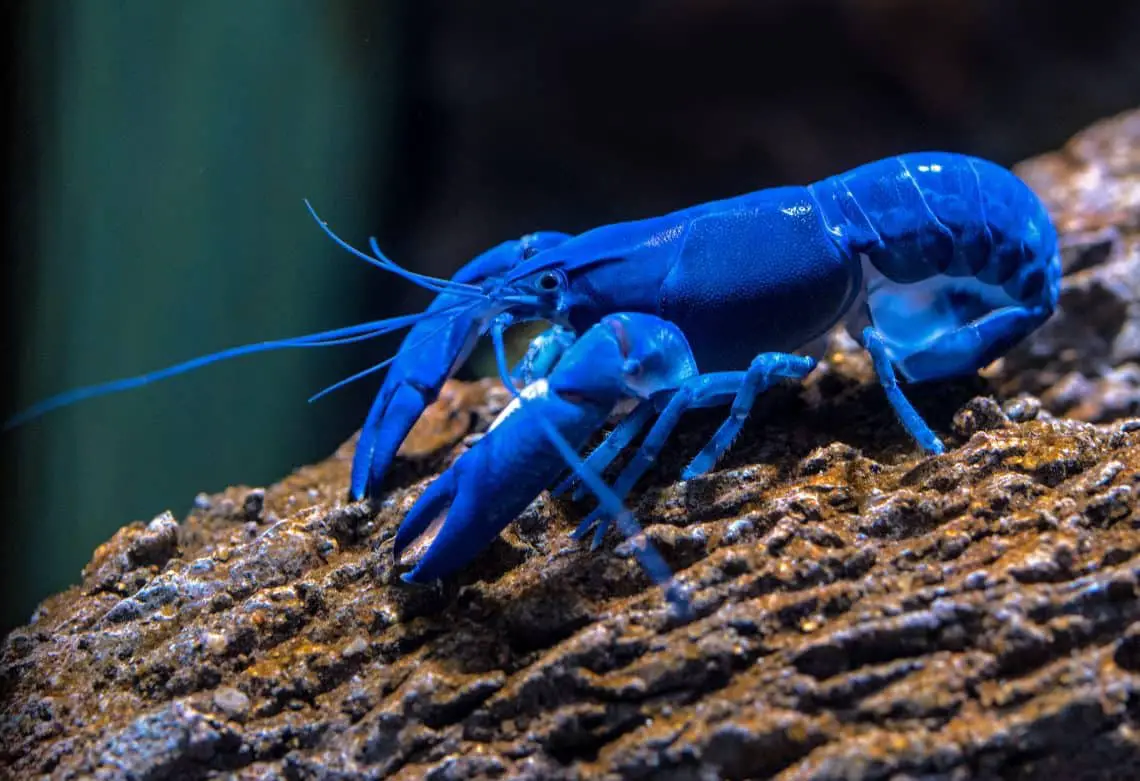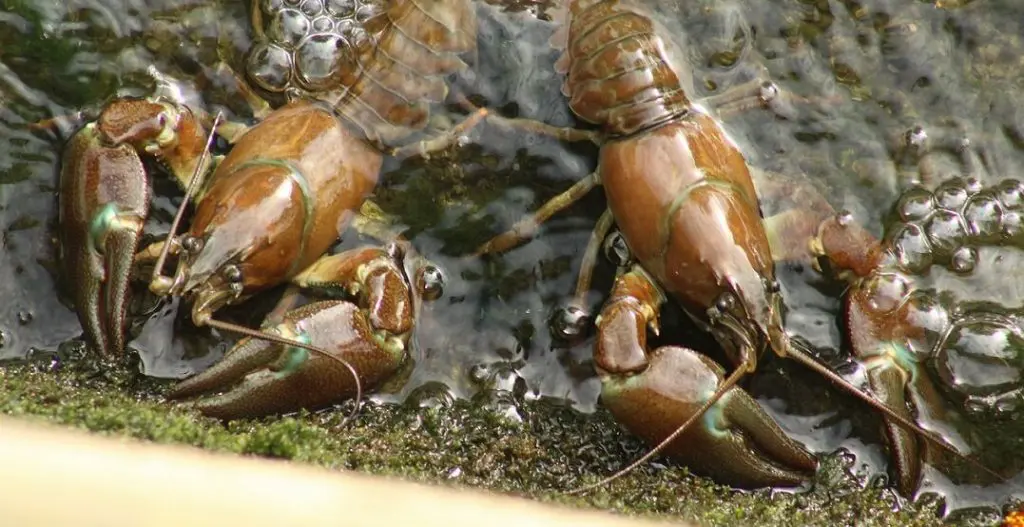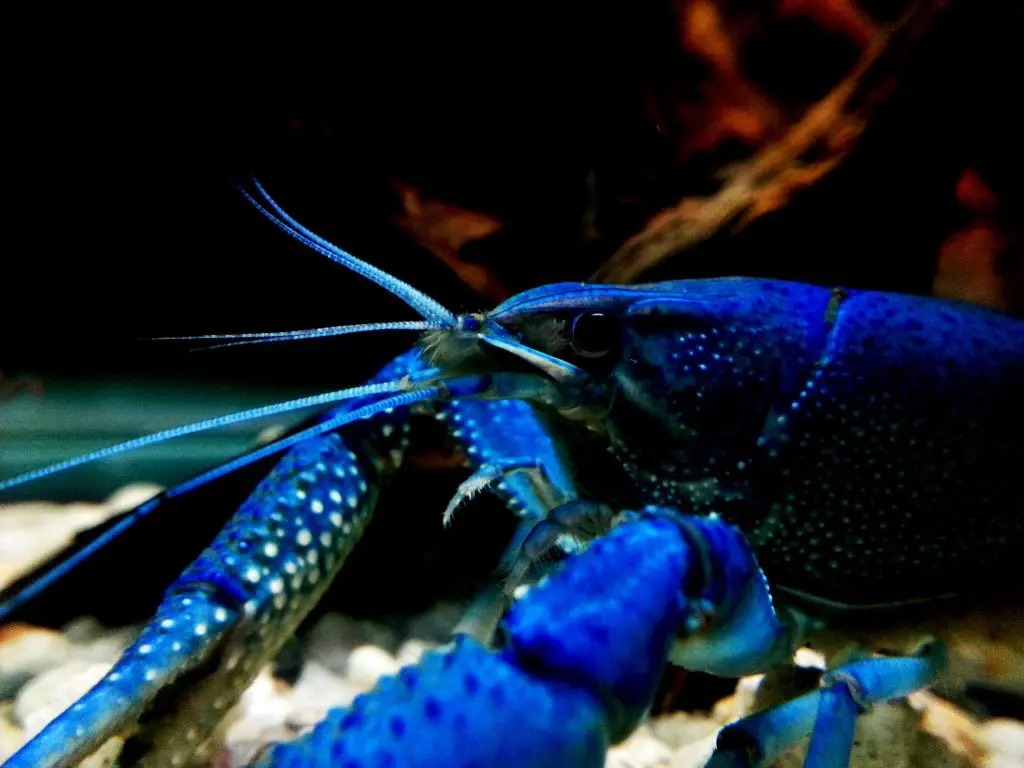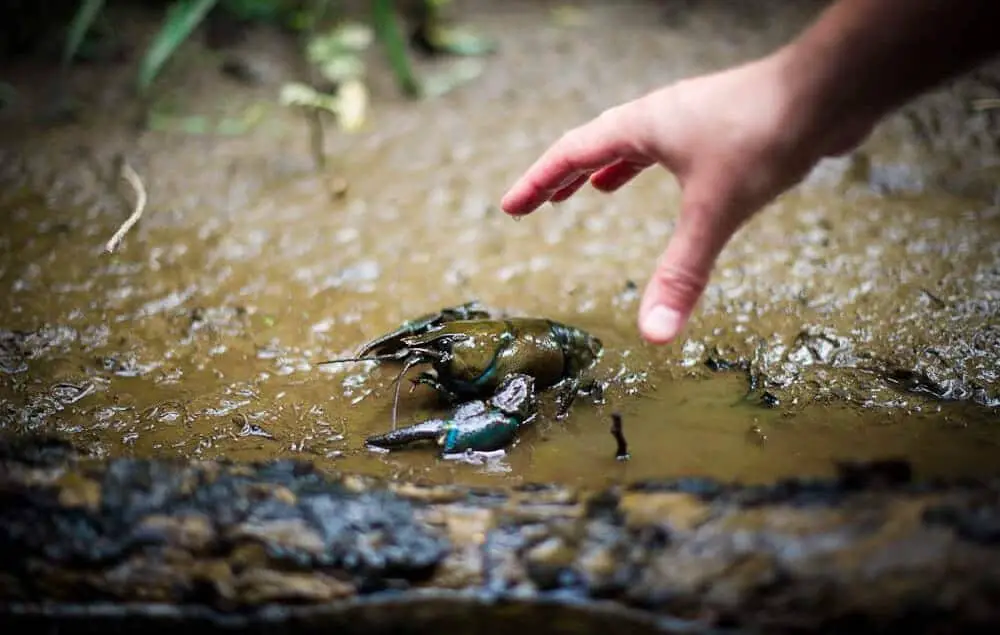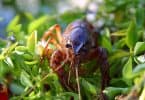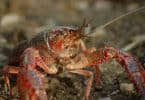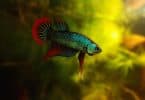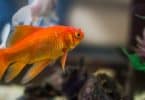
Hey, I work as a manager of a pet store in Texas. Dealing with a variety of pets is not only part of my job but also my passion. These adorable, loving creatures are so excited when they find their new home. However, many new pet owners struggle in taking care of their pets and come up with a lot of queries every day. So, based on my knowledge and experience, I am using this platform to address major issues faced by pets, their food options, grooming techniques and so on. The major issue I addressed is that most of the part-owners prefer to surf through the Internet instead of going directly to the vet. And the worst part, they are rattled with multiple types of information available there. So, my target is to provide authentic information with my experience. Walkthrough my blogs and ask any of your queries. I would love to help!


